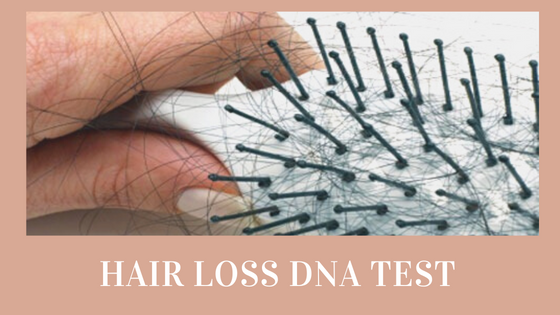Hair loss (alopecia) is a very common condition, affecting men and women of all ages. In fact, around 60 million people in the US alone are affected by hair loss.
It can be distressing to lose your hair, but there are ways to treat it. Here’s what you need to know about the causes and treatments for male pattern baldness and female pattern baldness.
What Is Hair Loss?
Hair loss (also known as alopecia) is when you notice patches of hair missing from your head or body. It can be caused by stress, ageing, hormone changes or genetics (which is why it often affects men more than women).
There are two types of hair loss:
Alopecia areata – this causes small round patches of hair to fall out from anywhere on your body

Androgenetic alopecia – also known as male-pattern baldness or female-pattern baldness. This type of baldness is caused by a hormone called dihydrotestosterone (DHT).
Hair loss in women can be caused by a number of things, including genetics, hormonal changes and pregnancy. It’s also more common for men to lose their hair than women – around two thirds of men experience baldness at some point in their lives. But it doesn’t mean you have to accept it as part of getting older. There are plenty of treatments available that can help reverse hair loss and regrow your locks.
Take A DNA Hair Test
In order to get the most accurate diagnosis for your hair loss, you should take a DNA hair loss test. This will tell you whether your baldness is caused by genetics or environmental factors like stress and diet. It’s important to rule out these causes first, as they can be treated more easily than male pattern baldness. If you know that your hair loss is genetic, there are certain lifestyle changes you can make to help slow down or reverse it.




